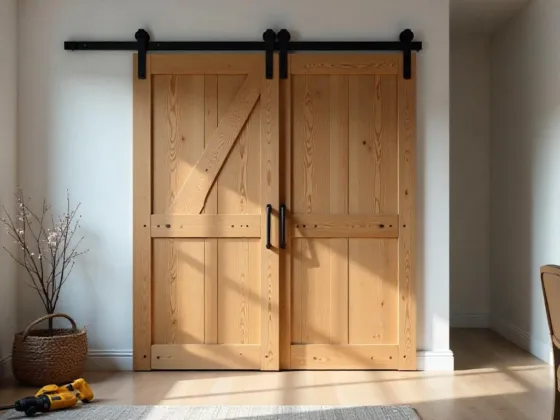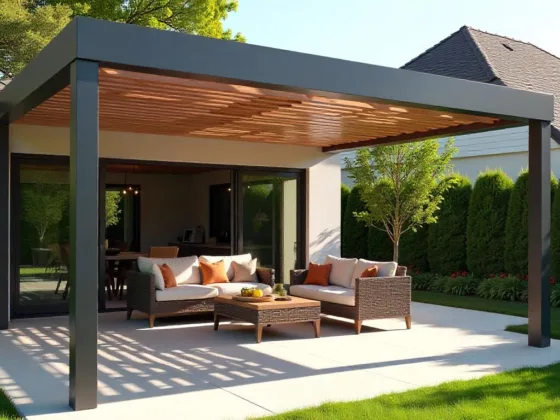Table of Contents Show
Did you know that 80% of Americans have lawns? Do you want to learn how to weed-eat your yard? Weeds can harm your lawn, making it look untidy and ugly. They can also block your yards from being attractive to your friends and family.

And the worst part? You can’t ask them to leave. You have to get rid of the weeds by yourself to maintain the look of your yard. Look at these steps to learn how to weed-eat your yard correctly.
Gathering the Essential Gear
To properly weed-eat your yard, having the right gear for the job is essential. The first thing you’ll need is a weed eater. You should also have safety glasses, work gloves, hearing protection, and comfortable outdoor clothing.
Before operating the weed-eater, ensure the line is appropriately wound, and the throttle works correctly. When using the weed eater, always point the deflector away from your body and never point it at others. Avoid using metal lines on hard surfaces, as it could cause damage.
Read Also:
Maintaining a Safe Working Environment
Follow specific safety protocols to ensure a safe working environment when using a weed eater. Before using the weed-eater, inspect the area and equipment for any debris or standing objects that can be hit, kicked up, or create a safety hazard.
Wear safety glasses, heavy-duty shoes, and long pants to protect your eyes and skin from flying debris. Additionally, wear earplugs or headphones to protect your ears from the high-pitched noise of the engine.
Overwearing clothing and jewelry in the working area may get caught in the weed-eater guard, so try to limit it. Be sure the weed-eater guard is fastened, and unplug the spark plug when unused. If you need help with your lawn maintenance, be sure to call professionals and ask for lawn care help.
Clean-Up After Weed-Eating
Properly weed-eating your yard often requires much effort and patience. Properly trim away any dead grass and debris. This will help prevent damage to the lawn and the spread of any weeds.
Additionally, electric weed-eaters should have a tip guard or a gravel shield installed to help keep rocks and other debris from flying out of the eater. Before beginning to use one, safely adjust the string length.
Once the weeds have all been trimmed, gather the cut pieces and dispose of them in the appropriate waste bin to avoid new growth.
Understanding the Different Types of Weeds
Large grassy and leafy weeds are better suited to a string trimmer, as it can cut through them more efficiently than a mower. Weed whackers are an excellent option for smaller, more delicate weeds, as the blades are thinner than a string trimmer.
For weeds over 6 inches tall, use a brush cutter. Uor weeds close to objects. Use a slope mower or brush if you need to work in steep areas. For weeds close to things, use an edger to navigate them precisely.
Learning How to Weed-Eat a Yard
Properly weed-eating is an essential part of maintaining a well-manicured yard. With the right tools and proper techniques, you can now put your weed eater to use in your yard.
Remember to reseed the area and water it well when you’re finished weed-eating. If you find this helpful, don’t forget to visit our website and read more.









